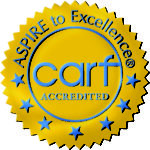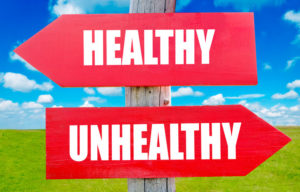Click a photo to learn more
Resources for Nutrition Assistance
Nutrition at Plan-It Life
At Plan-It Life we make healthy choices every day. Not only do we plan healthy meals, but we also teach our youth how to decipher a healthy meal from one that lacks nutrients. The best way to learn is by experiencing hands-on meal prepping and preparing. At our Plan-It life homes, we give our youth the tools they need to make the right choices when it comes to the food they eat.
We use various hands-on activities to help with the overall understanding of nutrition. This includes the vitamins and minerals needed to keep the body properly fueled. Here is an example of our menu at Plan-It Life.






Plan-It Life, Inc. is a non-profit 501(c)(3) residential treatment center for at-risk youth, ages 12 -18. Plan-It Life, Inc. was founded in 2001 by CEO/ Administrator Shelia C. Marshall -McLean, LMFT, a Clinical Psychotherapist with a passion for fostering growth and self-awareness in youth. Mrs. McLean envisioned a safe haven where abused and/or neglected teens could come to learn social skills, decision-making skills, improve their education, receive anger management and therapy, as well as assistance in transitioning into the next phase of their lives.









